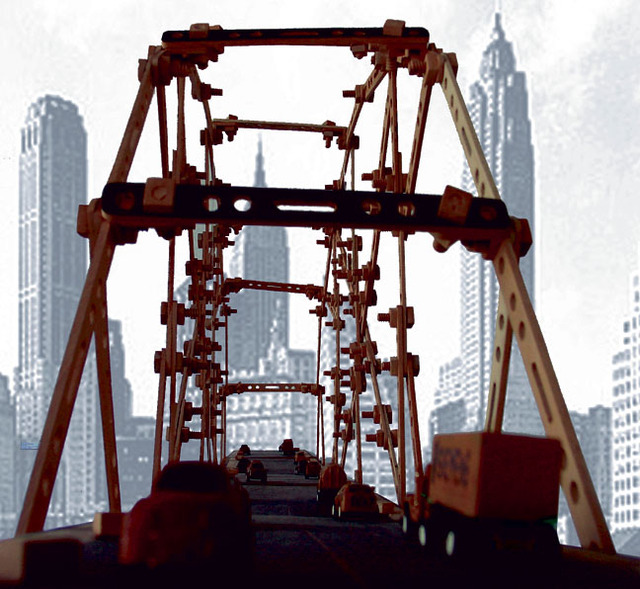Impressions of Cuban culture are typically confined to two extremes—an island dystopia vs. an idyllic people frozen in time. The exhibition Confluencias: Inside Arte Cubano Contemporáneo, now at the National Hispanic Cultural Center, challenges these notions by peeling back the protective coating to offer a rare glimpse of contemporary Cuban art. The exhibition brings together the work of 40 artists who are creating within Cuba, employing an array of media and themes. By projecting themes related to the present-day issues and concerns of Cubans, the NHCC and Confluencias curator Juanito Delgado are striving for a dialogue that transcends rusty generalizations. "We wanted people to realize that Cuba is not forgotten,” says Dr. Tey Marianna Nunn, visual arts director at the NHCC. “Many of these artists have shown all over Europe—some in major exhibitions.” Take René Francisco’s “El Beso,” a mixed-media piece that presents a U.S. flag “kissing” a Cuban flag. It’s a direct comment on the estranged relationship between the two countries—a nauseatingly common subject in discussions about Cuba—but the work must be seen in the context of other international topics. One piece that illustrates this larger scope is the “Globalization Bridge” from the series The Cold War Is Over Let’s Enjoy Globalization by Abel Barroso. In it, projections of urban landscapes flash against a wall, while a precarious wooden Erector Set-like bridge juts out from the changing images. Focusing on the modern-day issue of interconnection, Barroso’s work engages in an emerging discussion and is an example of how Cuban art can be related to the concerns of today.Even with the artists speaking out to the broader world, the works aren’t necessarily testaments to a multicultural ideal. Most of the artists hold onto their sense of place, such as in Sandra Ramos’ “In My Head ,” an installation work that uses print and video. The top of a face is shown, isolating the eyes; and in each pupil, video clips are reflected off mirrors. Many of the images are strictly related to Cuban life or personal events. Works like this comment on Cuban culture not as a static anomaly but instead as an evolving reality that requires exploration.Ramos’ piece has a bold "here I am" effect while at the same time being intimately revealing, and it is imaginative works such as these that attest to the skills of the artists. But what is most striking about the show is the massive size of the pieces. Some of the works take up entire walls, while others consist of huge canvases or video installations. “These are really big pieces,” Nunn says, which can be “symbolic about space and the artist saying, We’re visible.” Aimeé García’s large series Conspiracy explores space as it applies to the relationship between the collective and the individual. Garcia’s work consists of immense oil paintings, each depicting a different woman lit by a candle she holds, thus invoking the collective nature of conspiracies as shared secrets. The sizable canvases, which are separated, emphasize the minute facial expressions and body language in each, pointing out that these shared secrets must be kept individually. Not all the pieces benefit from being in a large format, however. The overwhelming size can contribute to a crowded and imposing presentation. Confluencias makes a strong statement by putting forward these massive works of art. But even more noteworthy is the unraveling of past assumptions, and the show’s provocation to start a new dialogue with and about Cuba. Hopefully this dare doesn’t go unanswered.
Confluencias: Inside Arte Cubano Contemporáneo
National Hispanic Cultural Center Art Museum
1701 Fourth Street SW
Runs through May 16, 2010
nhccnm.org











